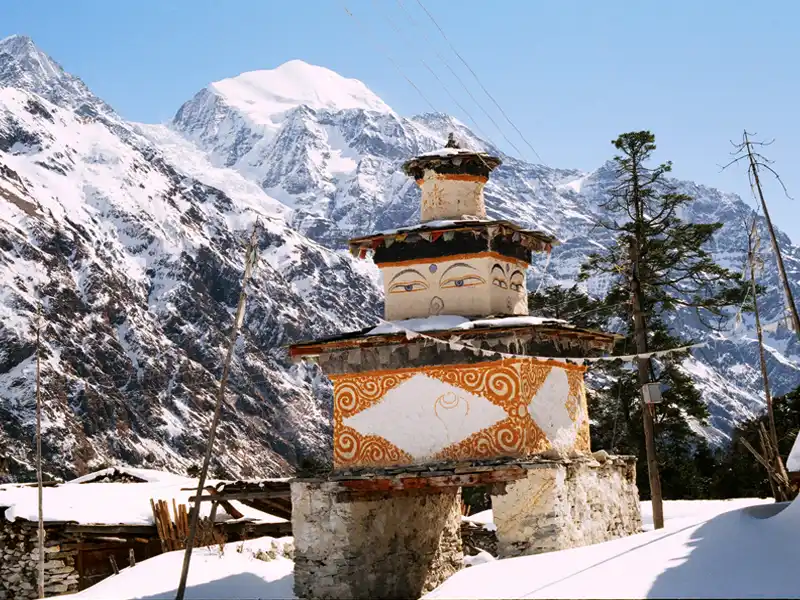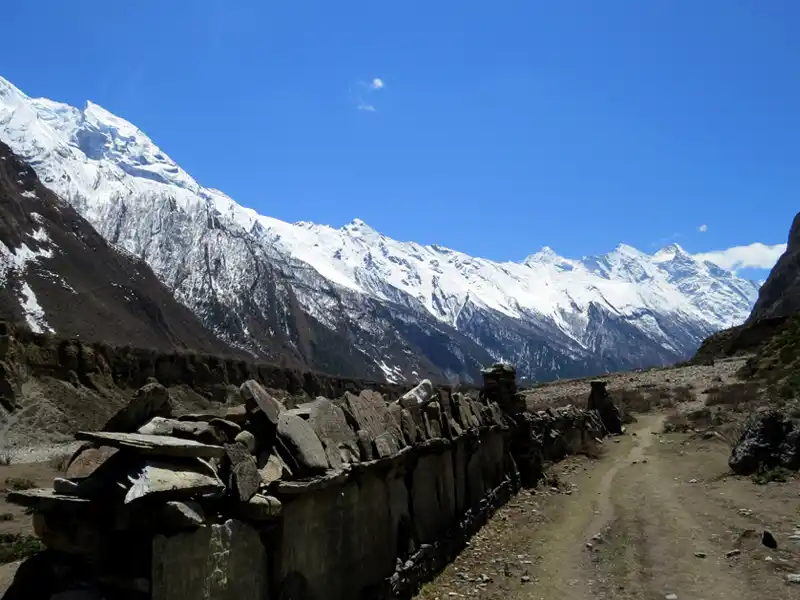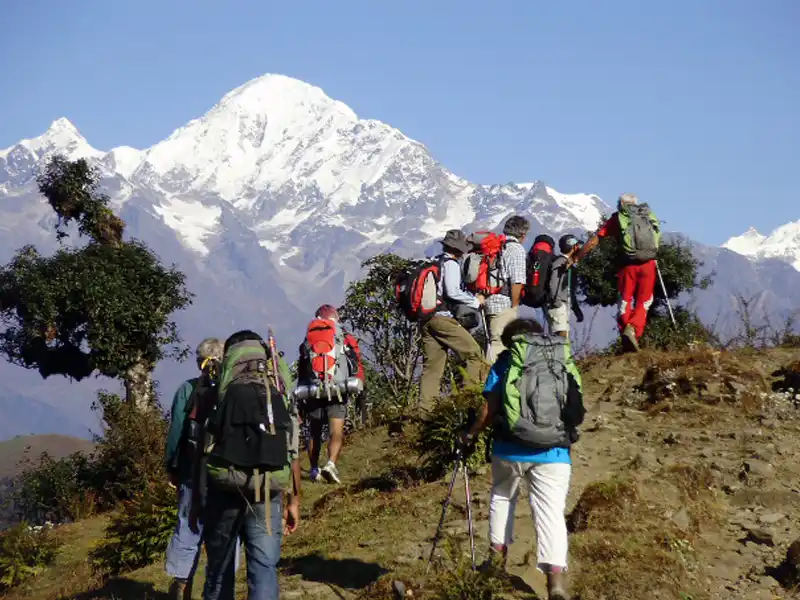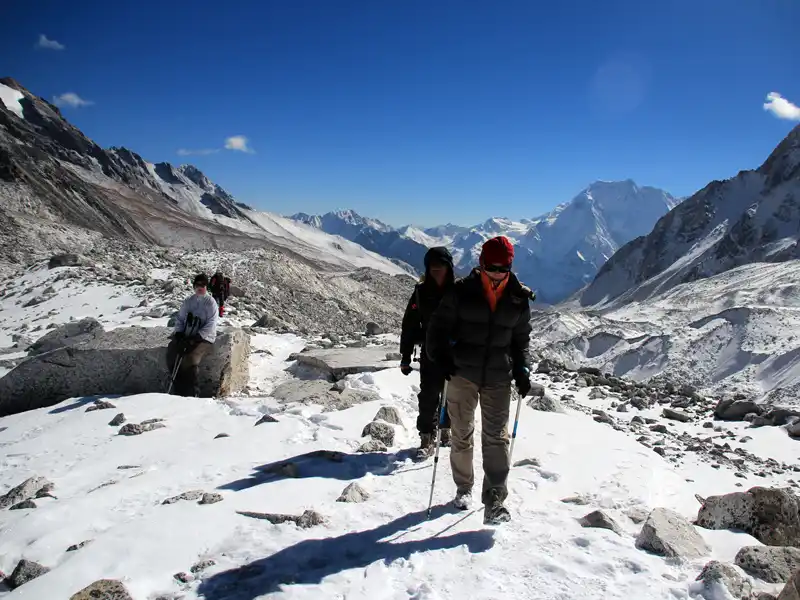 Manaslu Rupina La Pass Trekking
Manaslu Rupina La Pass TrekkingThe Rupina La Pass Trek takes you away from the main tourist routes and into Nepal's wilderness, where you will find a hidden gem. It makes it possible for you to completely enjoy the beauty of the natural world and the region's rich cultural legacy. This strenuous hike involves steep climbs and descents over uneven terrain, so it calls for a high level of physical fitness and the ability to deal with unpredictable weather. However, those who are willing to put in a lot of effort will reap great benefits. The breathtaking views of the Himalayan peaks, such as Manaslu, Himalchuli, and Ganesh Himal, instill a lasting sense of gratitude and awe in those who brave the trek.
The Manaslu Rupina La Trek offers trekkers a fantastic opportunity to have direct conversations with the hospitable Gurung people. A diverse range of plants and animals can be found in the area, including rare species like the swift Himalayan tahrs, majestic snow leopards, and elusive musk deer. This trek allows hikers to fully experience the rich biodiversity and natural wonders of the Manaslu Conservation Area, which spans across its pristine expanse. Trekkers who follow the trail through this sanctuary, home to over 110 different bird and animal species, are immersed in a tapestry of life. Trekkers can find one of the many wonders of nature around every corner.
Rupina La Pass is the lowest trekking pass in Nepal and is a great option for adventurous travelers looking to explore uncharted territory. It is best to trek during the spring and fall seasons, when nature is at its most beautiful. Trekkers must be mentally and physically prepared for lengthy days of hiking, river crossings, and steep inclines; this trip is not for the weak of the heart. This route offers a rewarding and challenging experience in Nepal's wild wilderness, so it is best left to experienced adventurers with prior high-altitude trekking experience.
Rupina La Pass, Nepal's lowest trekking pass, will take you on an unforgettable journey through the untamed Himalayas. Experience the vibrant culture and customs of the Gurung people as you journey through this breathtaking region. Along with breathtaking views, this unique experience will include interactions with the welcoming Gurung community and spiritual moments. While trekking through this pristine region, you will be treated to breathtaking views that you will never forget. A journey filled with discoveries and surprises awaits you at every turn as you prepare to be enthralled by the breathtaking beauty of the Himalayas.
 Most Popular
Most Popular 
The Manaslu Circuit Trek in Nepal is an amazing trek around Mount Manaslu, the country's eighth-highest peak, that offers breathtaking views, cultural ...

The Tsum Valley Trek, which is located in the Manaslu region of Nepal, provides a one-of-a-kind trek through verdant forests and picturesque countryside, ...

The Lower Manaslu Trek offers breathtaking scenery and a unique cultural experience as it winds through the Himalayas. There are opportunities to interact ...

The Manaslu High Passes Trek is an exciting journey through the rugged terrain of the Manaslu region. Discover difficult mountain passes like Larkya La ...